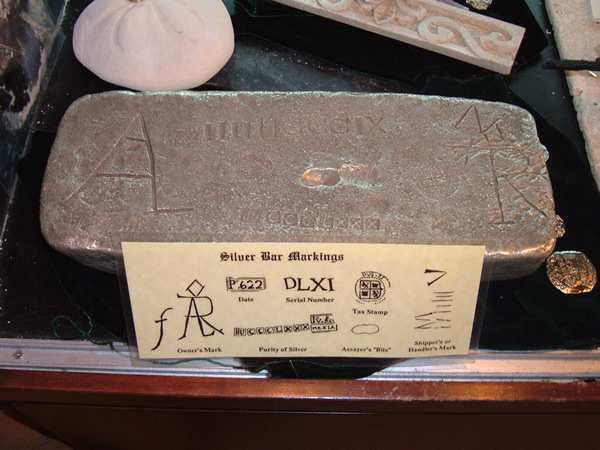-- Page 2--
What are siglas? They are signs, symbols, or marks.
Everyday we identify with signs and symbols. We see them in literature, as
we travel down the street, and indeed in
every aspect of our lives. They are convenient and universal. Most can be
understood independent of our native tongue.
Siglas have been used for many generations in Portugal. Siglas were primarily
used as a signature for family coat-of-arms in
order to mark family belongings. 1. They
are similar to a brand on sheep or cattle and designates ownership by family.
Historically siglas have been used to mark personal and fishing belongings
in-other-words as property registration.
The sigla of the father was passed to the youngest son. The other sons got
a modified variation of that sigla by adding
lines after the sigla. The oldest son may have a single line, the next son
two lines, etc. In ancient times the family sigla was
easily and quickly recognized by those in the community. Hundreds of different
marks have derived from 84 original siglas.
Usage
Historically siglas were used in fishing communities. There was a sigla for
the fishermen, another for the boat owner, and still
another used for the fish caught. When a fish was caught in a net it belonged
to the owner of the net and was thus marked with
the sigla of the net owner and was delivered to him. OK, this is all well
and good but how does this apply to bars or anything else?
It appears that every time a bar changed hands it bore the marks of those
transactions. On page one I talked about the obliterated
sigla on the silver bar at the museum. With the change in ownership came a
new family sigla. Sometimes bars and other items were
transported or delivered by a third party and the manifest noted this. 6.
Applying the principles
For several years I have heard rumors that each mining family had their own
symbol or sigla. With my recent research confirming
this rumor it's now time to attempt to learn who was mining in Utah. The references
cited below give some excellent information
about which sigla corresponds with which family. So far I have been unable
to determine which family mined or owned the Hoyt
Peak silver bar. However the vast array of siglas found in Utah is very promising.
Lately my attention has been turned to a sigla we
call the catface because of footage in the video the "Holy Grail in America".
5 In the video they describe a hooked
X found on a
pillar in the Rosslyn Chapel in Scotland and show an image of it. It actually
has a diamond connecting the bottom legs similar to
the catfaces of Utah. The main difference being that the Utah catfaces usually
have two lines extending to the right and left. It stands
to reason that the family belonging to the Utah catface could be a descendant
of the original Sinclair family through another son.
I am not saying the symbols are exact but the resemblance definitely has intrigued
me. I also realize my idea has yet to be proven
but if nothing else I enjoy giving us something to ponder. Feel free to email
or phone me and offer your opinion. I welcome it.
This is an excellent way of learning. Thanks.
(The Sinclair family hooked X with a diamond below it can also be seen on
page 151 of "The Hooked X".) 2
A friend called me after the creation of this page and asked me
to check-out a website he found. Here is the link:
New World
Treasures. It describes the siglas on an Atocha silver bar at length.
Thanks Mark.
The photo below shows a silver bar recovered from the Atocha wreckage. Notice the siglas and their description.
 |
The following are good references which I used in my research.
1. Wikipedia: Siglas poveiras
2. The Hooked X by Scott F. Wolter
3. Corey Malcom, personal correspondence
4. Mel Fisher Maritime Heritage Museum
in Key West
5. Holy Grail in America, DVD, from the
History Channel
6. Archeological report: The Recovery
of the 1638 Manila Galleon Conception
7. Spanish Treasure Bars From New World
Shipwrecks by Alan Craig & Ernest Richards, Jr.
Page created 12/15/10.